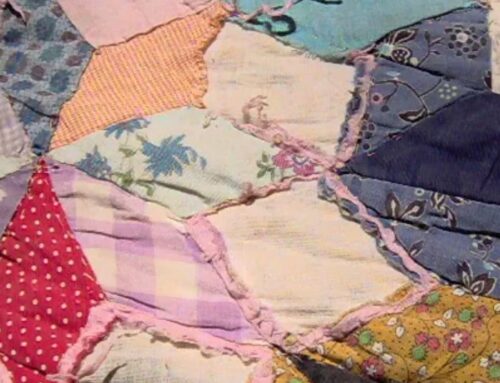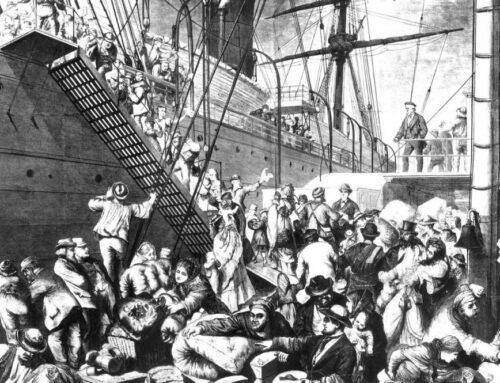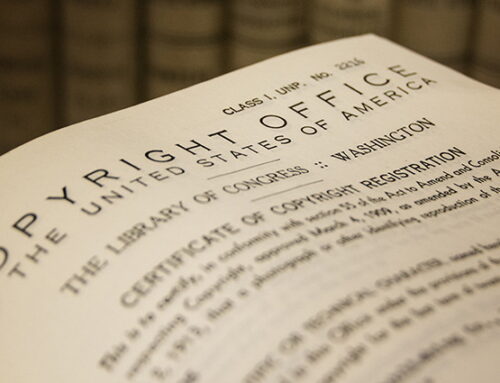Where I grew up, May baskets were a big deal. In a 1960s Midwestern small town, May baskets were handmade and personal. It seems like another time now, but it was a holiday everyone (well, at least schoolgirls and their mothers) looked forward to.
Making May Baskets
To make May Baskets, construction paper was folded and stapled (with bits of the maker’s thumb and blood samples included at no charge), Dixie cups with pipe-cleaner handles, wallpaper samples twisted into cones, anything was fair game for May baskets. Receptacles for May offerings were always constructed on the evening of April 30th.
 And on May Day itself, those baskets were filled with popcorn and candies. Wild violets we’d pick in vacant lots on the way home from school were also included.
And on May Day itself, those baskets were filled with popcorn and candies. Wild violets we’d pick in vacant lots on the way home from school were also included.
Delivering May Baskets
After school, mothers would ferry their children (mostly daughters) around town to leave these offerings on the doorknobs of favored recipients. Timing was everything. If a boy could be seen, he was fair game to chase and capture for a kiss. (Mothers enthusiastic; daughters reluctant; boys petrified.)
Then it was time to go home and find the May basket riches heaped by your own front door.
May Baskets
NPR recently did a piece called A Forgotten Tradition: May Basket Day: “Perhaps considered quaint now, in decades past May Basket Day — like the ancient act of dancing around the maypole — was a widespread rite of spring in the United States.”
Marci Matson, director of the historical society in Edina, Minn., writes: “The practice has a long history, stemming from the European pagan festival of spring, Beltane. The more raucous elements were toned down after the continent became Christianized, but the May pole dance and May baskets survived in a more G-rated form.”
I’d like to think this still is practiced, but I doubt it. Do you remember May Day celebrations like this? Have you asked your relatives for their memories of May Day? Let me know here.





Leave a Reply